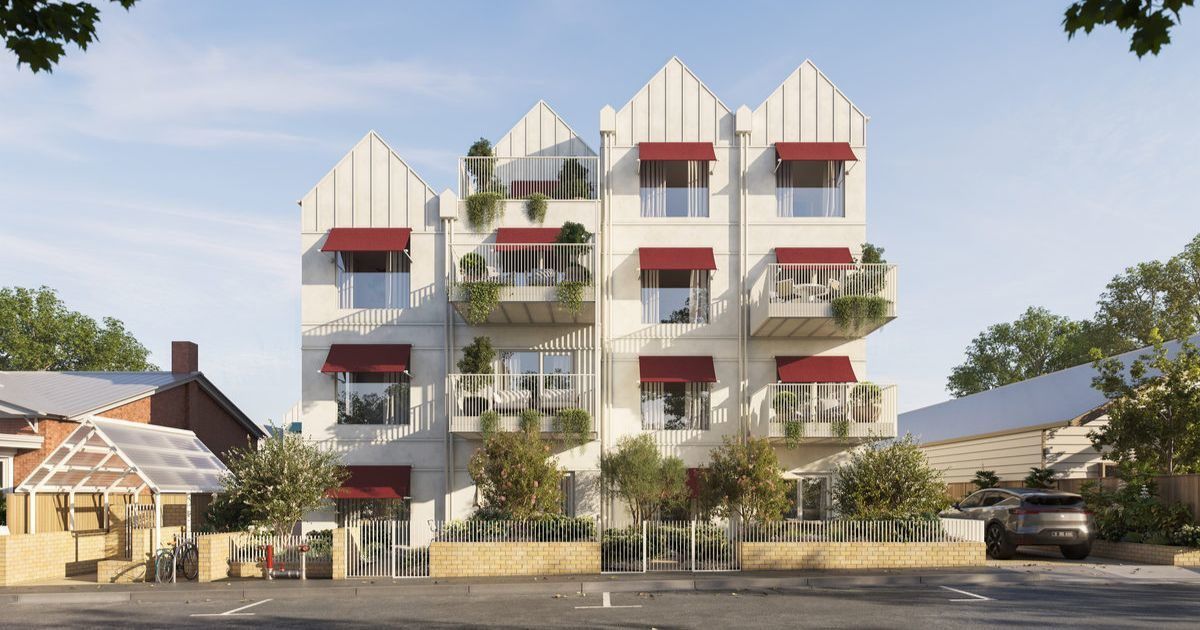Brainy idea delivers scientific breakthrough

Dr Rasika Samarasinghe and Dr Richard Williams from Deakin’s School of Medicine (Waurn Ponds) testing the new hydrogel method. Photo: DEAKIN UNIVERSITY
A SENIOR lecturer from Deakin’s School of Medicine has been instrumental in discovering a ground-breaking method to implant healthy stem cells into the brain.
Dr Richard Williams, who is based at Deakin’s Waurn Ponds campus, worked alongside Professor David Nisbet and Dr Yi Wang from Australian National University’s College of Engineering and Computer Science to build a hydrogel that effectively transports cells into the site of injury to generate the brain’s neural network.
The hydrogel, containing stem cells grouped together by water, differs from traditional saline, commonly used in cell replacement therapy, because the cells themselves can survive both the journey and delicate insertion process.
Dr Williams said by mimicking brain tissue, the hydrogel allowed the cells to thrive once implanted.
“What we have engineered is a novel soft hydrogel that matches the natural environment of the cell but can flow with the cells protected within it to help them into the site of injury or disease,” he said.
“Once there, our hydrogel acts as a natural incubator, allowing the new cells time and space to survive and turn into the types of adult cell that are missing.
“Through our work in mice models we have shown that these new cells not only survive but go on to form new functioning neurons.”
Professor Nisbet described the hydrogel as “a sanctuary for cells” as it shielded them from inflammation in the injured brain.
He also said there was great potential in swapping traditional saline for the newly engineered hydrogel.
“These materials could be easily rolled out and used anywhere you need to implant cells – neuroscience, cancer and potentially even diabetes.”
The research team has secured funding to develop their findings further and will now experiment with adding drugs and other biomolecules in the hope of regenerating the brain.
Dr Williams said the team was working towards developing a therapy in the next five years.
“Cell transplantation has shown the potential to repair the brain after injury, stroke, or from damage due to diseases such as Parkinson’s, so further treatment development offers some very exciting opportunities.”
The technique was tested using mouse brain cells and is described in a paper published last week in the journal Advanced Function Materials.

















